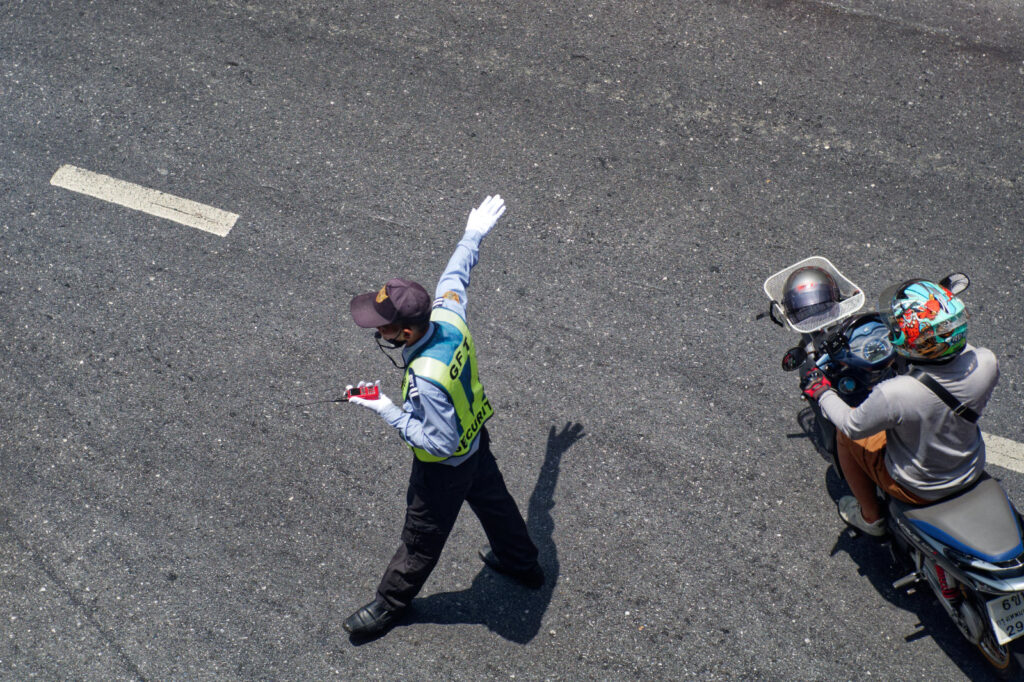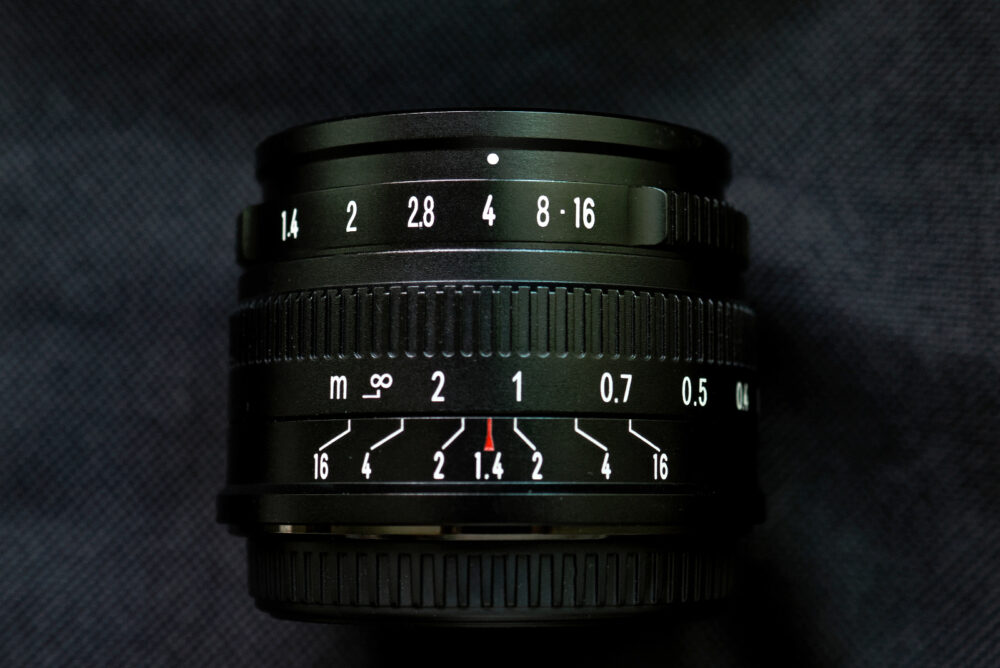The 7Artisans 35mm f1.4 is a budget Chinese manual focus lens for M4/3 cameras. I got this lens a few years ago at a discount. Though it’s a manual lens with no electrical contacts to communicate with the camera but it offers a unique blend of affordability, compactness, and character, making it an intriguing option for photographers seeking manual focus control. It also offers a 70mm equivalent full frame focal length. This lens is well-suited for street photography, portraits, documentary, and everyday shooting.
This page displays some pictures which I use this lens with Olympus PEN F and OM System OM-1 II. This 7artisans lens is an interesting choice for photographers who value manual control and a distinctive image character over technical perfection. Its compact size and wide aperture make it suitable for various photography styles, as mentioned before. However, potential buyers should know its optical limitations and the need for careful focus management. But if you’re a slow living lifestyle photographer, this should not be any problem while using the manual focus lens. If you fully understand the zone focusing and hyperfocal distance, you don’t have to focus at all. You just compose your shot and release the shutter button on a camera.
First, you should know how to read the manual lens scale. Zone focusing could make you shoot photos without focusing because anything in that zone range is in focus. Zone focusing is something like to preset your focus. This technique is useful for a street photography, but not a portraiture that requires a blurry background and shallow depth of field. Apart from zone focusing, you should know how to use the hyperfocal distance as well, which is the setting to maximize the focusing range or depth of field. This is useful for landscape or cityscape photography, which requires the deep depth of field to infinity.
My pictures below display the information about the exif data of each photo. As a stock photo contributor, I need to add the exif info of each file, otherwise my picture might be rejected by the stock photo agencies. Though my cameras are smart enough to add some exif data automatically after I setup the lens info before using it by providing a lens name, a focal length, and a maximum aperture, to include in the exif data. However, the OM-1 II can’t detect the aperture value and the exposure compensation. The PEN F can’t detect the F number but can show the exposure compensation because it has the exposure compensation dial. I have to use the audio feature of my cameras to record the F number during the playback function. Normally, I recorded audio once and will do it again when I change the aperture.
Part of my workflow, I have to use the software like ‘ExifTool’ or ’AnyExif’ to add the full exif info to my photos. If I want the camera adding the correct F number every time of shooting, I have to edit the lens info settings in the camera’s menu before shooting. And if I want to change the aperture value, I have to edit it the camera again. I may use this method for landscape photography. But for everyday use I regularly adjust the aperture value. Recording the audio after playback is more convenient. It’s quite annoying to use a manual lens with no electrical contacts. But it doesn’t matter if you’re not serious about the exif data, just like taking photos in the old days of film photography.






